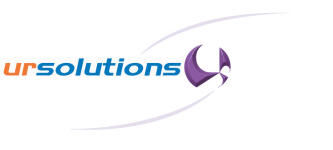- Privacy Policy
- Our Service Commitment
- Red Hat Delivers Accessible, Open Source Generative AI Innovation with Red Hat Enterprise Linux AI
- Is Red Hat OpenShift Container Platform Virtualization the Best Alternative to VMware Amid Rising Costs?
- Top 10 Stories About Compute Engines, Linux of 2024 (So Far) - ITPro Today
UR Solutions News
Open-source News
How to Clean Up Snap Packages and Free Up Disk Space on Linux - MUO - MakeUseOf
How to Clean Up Snap Packages and Free Up Disk Space on Linux MUO - MakeUseOf
How to install Microsoft Edge on Linux - Yahoo Life
How to install Microsoft Edge on Linux Yahoo Life
How to install Microsoft Edge on Linux - Windows Central
How to install Microsoft Edge on Linux Windows Central
Intel Rolls Out thunderbolt-utils To Manage USB4/Thunderbolt Devices On Linux
In addition to Intel engineers being responsible for much of the Linux kernel driver work around USB4 and Thunderbolt, they have now published thunderbolt-utils as a collection of user-space utilities for managing USB4/Thunderbolt on Linux environments...
Ubuntu's Mir 2.14 Released With Wayland Drag & Drop, Screen Locker Support
A new version of Canonical's Mir display server was released today that these days serves as a library for building Wayland-based shells...
How to determine your Linux system’s filesystem types - Network World
How to determine your Linux system’s filesystem types Network World
NVIDIA 535.86.05 Linux Driver Fixes Excessive Memory Use, Kernel Panic On Full vRAM
NVIDIA today published their latest stable point release in the R535 Linux driver series to fix a variety of outstanding issues...
